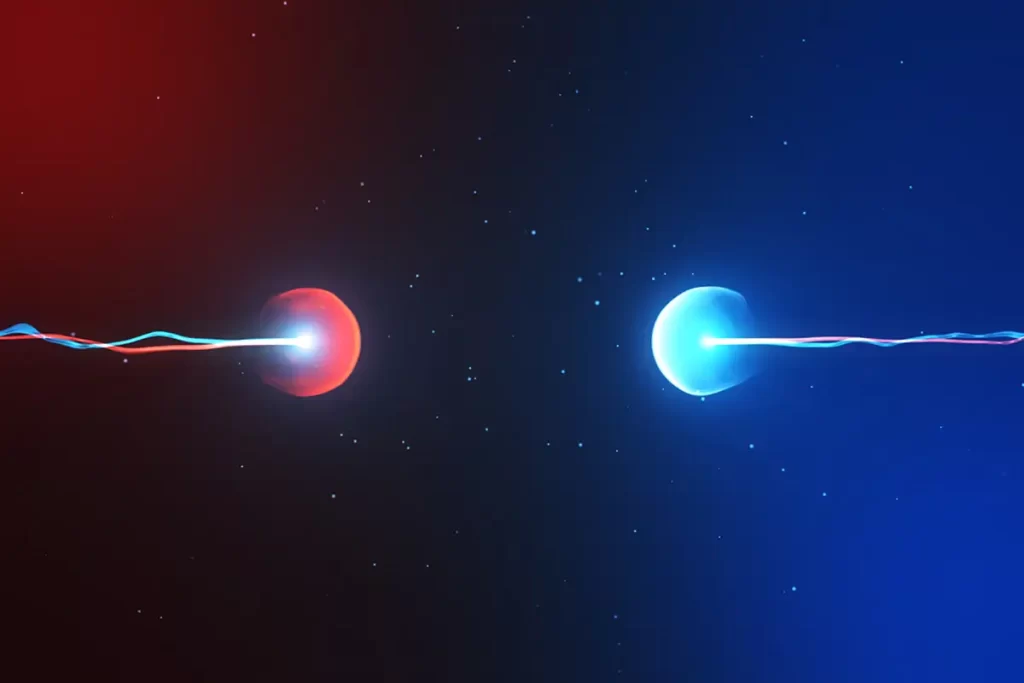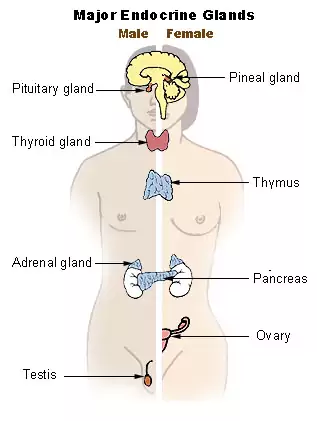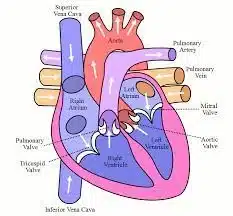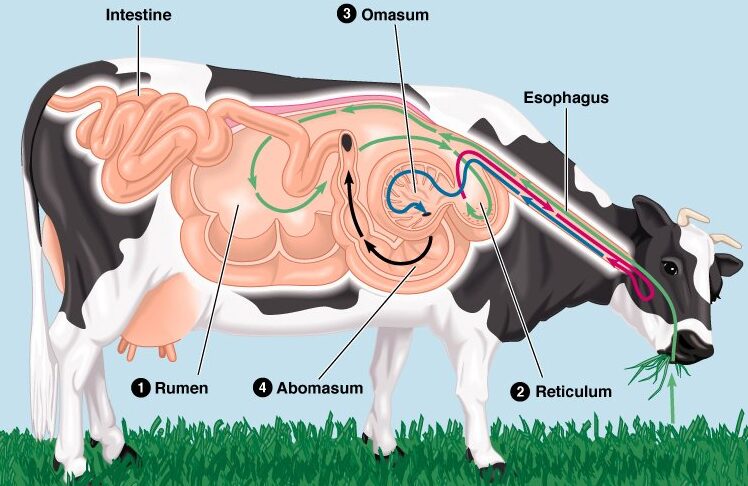Launch Vehicles Of ISRO
- Launch Vehicles are used to carry spacecraft to space.
- Recently, Chandrayaan 3 was successfully launched with LVM3 on July 14, 2023. With this India now has three operational launchers: Polar Satellite Launch Vehicle (PSLV), Geosynchronous Satellite Launch Vehicle (GSLV), and LVM3 (Geosynchronous Satellite Launch Vehicle Mark III).
- GSLV with indigenous Cryogenic Upper Stage has enabled the launching up to 2 tonne class of communication satellites.
- The next variant of GSLV is GSLV Mk III also known as LVM3, with indigenous high thrust cryogenic engine and stage, having the capability of launching 4 tonne class of communication satellites.
Launch Vehicles of ISRO are tabulated below:
| Historic | Operational | Future |
| SLV ASLV | Polar Satellite Launch Vehicle (PSLV) Geosynchronous Satellite Launch Vehicle (GSLV) Geosynchronous Satellite Launch Vehicle Mark III (LVM3) Sounding Rockets | Human Rated Launch Vehicle (HRLV) Small Satellite Launch Vehicle (SSLV) Reusable Launch Vehicle – Technology Demonstrator (RLV-TD) Scramjet Engine – TD |

Operational Launch Vehicles of ISRO
Sounding Rockets: Launch Vehicles of ISRO
- The launch of the first sounding rocket from Thumba near Thiruvananthapuram, Kerala on 21 November 1963, marked the beginning of the Indian Space Programme.
- Sounding rockets made it possible to probe the atmosphere in situ using rocket-borne instrumentation.
- The first rockets were two-stage rockets imported from Russia and France.
- In 1965, ISRO started launching a series of our own sounding rockets named Rohini from TERLS. RH-75, with a diameter of 75mm was the first truly Indian sounding rocket, which was followed by RH-100 and RH-125 rockets.
- Currently, operational sounding rockets include three versions namely RH-200, RH-300-Mk-II and RH-560-Mk-III.
PSLV: Launch Vehicles of ISRO
- Polar Satellite Launch Vehicle (PSLV) is the third generation launch vehicle of India. It is the first Indian launch vehicle to be equipped with liquid stages.
- PSLV also successfully launched two spacecraft – Chandrayaan-1 in 2008 and Mars Orbiter Spacecraft in 2013 – that later traveled to Moon and Mars respectively.
- PSLV earned its title ‘the workhorse of ISRO’ through consistently delivering various satellites into low earth orbits, particularly the IRS Series of satellites.
- PSLV is capable of launching 1750 kg satellites in 620 km in sun-synchronous polar orbit and 1425 kg satellite in Geo-synchronous Transfer Orbit (GTO).
- In the standard configuration, it measures 44.4 m. tall, with a lift off weight of 320 tonnes.
- PSLV has 4 stages using solid and liquid propulsion systems alternately. The 1st stage is one of the largest solid propellant boosters in the world and carries 139 tonnes of propellant.
- A cluster of 6 strap-ons attached to the 1st stage motor, 4 of which are ignited on the ground and 2 are air-lit.
GSLV: Launch Vehicles of ISRO
- Geosynchronous Satellite Launch Vehicle Mark II (GSLV Mk II) is the launch vehicle developed by India, to launch communication satellites in geo transfer orbit using cryogenic third stage.
- This fourth generation launch vehicle is a three stage vehicle with four liquid strap-ons.
- The indigenously developed cryogenic Upper Stage (CUS), which is flight proven, forms the third stage of GSLV Mk II.
LVM3 (Geosynchronous Satellite Launch Vehicle Mk III)
- LVM3 is the new heavy lift launch vehicle of ISRO for achieving a 4000 kg spacecraft launching capability to GTO (Geosynchronous Transfer Orbit) in a cost effective manner.
- LVM3 is a three stage launch vehicle consisting of two solid propellant S200 strap-ons and core stages comprising of L110 liquid stage, C25 cryogenic stage, the equipment bay (EB) and the Encapsulated assembly (EA).
- The S200 solid motor is among the largest solid boosters in the world with 204 tonnes of solid propellant.
- The liquid L110 stage uses a twin liquid engine configuration with 115 tonnes of liquid propellant, while the C25 Cryogenic upper stage is configured with the fully indigenous high thrust cryogenic engine (CE20) with a propellant loading of 28 tons.
- The overall length of the vehicle is 43.5 m with a gross lift-off weight of 640 tonnes and a 5m-diameter payload fairing.
- GSLV Mk III is designed to carry 4 ton class of satellites into Geosynchronous Transfer Orbit (GTO) or about 10 tons to Low Earth Orbit (LEO), which is about twice the capability of the GSLV Mk II.
Future Launch Vehicles of ISRO
Human rated LVM3 – HLVM3: Launch Vehicles of ISRO
- LVM3 rocket – The well proven and reliable heavy lift launcher of ISRO, is identified as the launch vehicle for Gaganyaan mission. It consists of solid stage, liquid stage and cryogenic stage.
- All systems in LVM3 launch vehicle are re-configured to meet human rating requirements and christened Human Rated LVM3. HLVM3 will be capable of launching the Orbital Module to an intended Low Earth Orbit of 400 km.
- HLVM3 consists of Crew Escape System (CES) powered by a set of quick acting, high burn rate solid motors which ensures that Crew Module along with crew is taken to a safe distance in case of any emergency either at launch pad or during ascent phase.
Reusable Launch Vehicle: Launch Vehicles of ISRO
- A reusable launch system (or reusable launch vehicle, RLV) is a launch system which is capable of launching a launch vehicle into space more than once. This contrasts with expendable launch systems, where each launch vehicle is launched once and then discarded.
- Reusable Launch Vehicle-Technology Demonstration (RLV-TD) Programme of ISRO is planned as a series of technology demonstration missions that have been considered as a first step towards realising a Two Stage To Orbit (TSTO) fully reusable vehicle.
- A Winged RLV-TD has been configured to act as a flying test bed to evaluate various technologies using air breathing propulsion. These technologies will be developed in phases through a series of experimental flights.
- Hypersonic experiment (HEX) flight, the first in the series of experimental flights, will be followed by the Landing experiment (LEX), Return flight experiment (REX) and Scramjet Propulsion experiment (SPEX).
- RLV-TD HEX1 is planned to demonstrate the hypersonic aerothermo dynamic characterisation of winged re-entry body, autonomous mission management to land at a specified location and characterisation of hot structures.
- Application of these technologies would bring down the launch cost by a factor of 10.
- Objectives of RLV-TD:
- Hypersonic aero thermodynamic characterisation of wing body;
- Evaluation of autonomous Navigation, Guidance and Control (NGC) schemes;
- Integrated flight management;
- Thermal Protection System Evaluation;
- Achievements:
- RLV-TD was successfully flight tested on May 23, 2016 from SDSC SHAR Sriharikota validating the critical technologies such as autonomous navigation, guidance & control, reusable thermal protection system and re-entry mission management.
Scramjet Engine – TD: Launch Vehicles of ISRO
- The satellites are launched into orbit by multi-staged satellite launch vehicles that can be used only once. These launch vehicles carry oxidiser along with the fuel for combustion to produce thrust. Launch vehicles designed for one time use are expensive and their efficiency is low because they can carry only 2-4% of their lift-off mass to orbit. Thus, there is a worldwide effort to reduce the launch cost.
- Nearly 70% of the propellant (fuel-oxidiser combination) carried by today’s launch vehicles consists of oxidiser. Therefore, the next generation launch vehicles must use a propulsion system which can utilise the atmospheric oxygen during their flight through the atmosphere which will considerably reduce the total propellant required to place a satellite in orbit.
- Also, if those vehicles are made re-usable, the cost of launching satellites will further come down significantly. Thus, the future re-usable launch vehicle concept along with air-breathing propulsion is an exciting candidate offering routine access to space at far lower cost.
- Ramjet, Scramjet and Dual Mode Ramjet (DMRJ) are the three concepts of air-breathing engines which are being developed by various space agencies.
- A ramjet is a form of air-breathing jet engine that uses the vehicle’s forward motion to compress incoming air for combustion without a rotating compressor. Fuel is injected in the combustion chamber where it mixes with the hot compressed air and ignites. A ramjet-powered vehicle requires an assisted take-off like a rocket assist to accelerate it to a speed where it begins to produce thrust.
- Ramjets work most efficiently at supersonic speeds around Mach 3 (three times the speed of sound) and can operate up to speeds of Mach 6. However, the ramjet efficiency starts to drop when the vehicle reaches hypersonic speeds.
- A scramjet engine is an improvement over the ramjet engine as it efficiently operates at hypersonic speeds and allows supersonic combustion. Thus it is known as Supersonic Combustion Ramjet, or Scramjet.
- A dual mode ramjet (DMRJ) is a type of jet engine where a ramjet transforms into scramjet over Mach 4-8 range, which means it can efficiently operate both in subsonic and supersonic combustor modes. An important development in ISRO’s Air Breathing Propulsion Project (ABPP) occurred on August 28, 2016, which was the successful flight testing of its Scramjet.
- The first experimental mission of ISRO’s Scramjet Engine towards the realisation of an Air Breathing Propulsion System was successfully conducted from Satish Dhawan Space Centre SHAR, Sriharikota on August 28, 2016. With this flight, critical technologies such as ignition of air breathing engines at supersonic speed, holding the flame at supersonic speed, air intake mechanism and fuel injection systems have been successfully demonstrated. The Scramjet engine designed by ISRO uses Hydrogen as fuel and the Oxygen from the atmospheric air as the oxidizer.
Small Satellite Launch Vehicle: Launch Vehicles of ISRO
- Small Satellite Launch Vehicle (SSLV) is a 3 stage Launch Vehicle configured with three Solid Propulsion Stages and liquid propulsion based Velocity Trimming Module (VTM) as a terminal stage.
- SSLV is 2m in diameter and 34m in length with lift off weight of ~120 tonnes.
- SSLV is capable of launching ~500kg satellite in 500km planar orbit from SDSC/SHAR.
- The key features of SSLV are Low cost, with low turn-around time, flexibility in accommodating multiple satellites, Launch on demand feasibility, minimal launch infrastructure requirements, etc.
Source : ISRO
Also refer :
- Download the pdf of Important MCQs From the History Of Ancient India
- List Of Important Inscriptions In India
- Know about Gravitational Waves and LIGO observatory.








